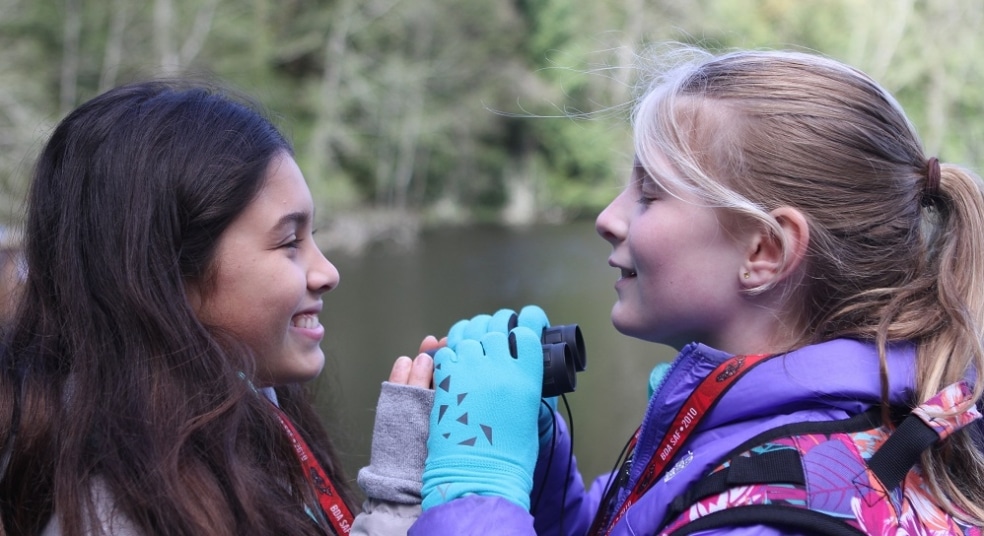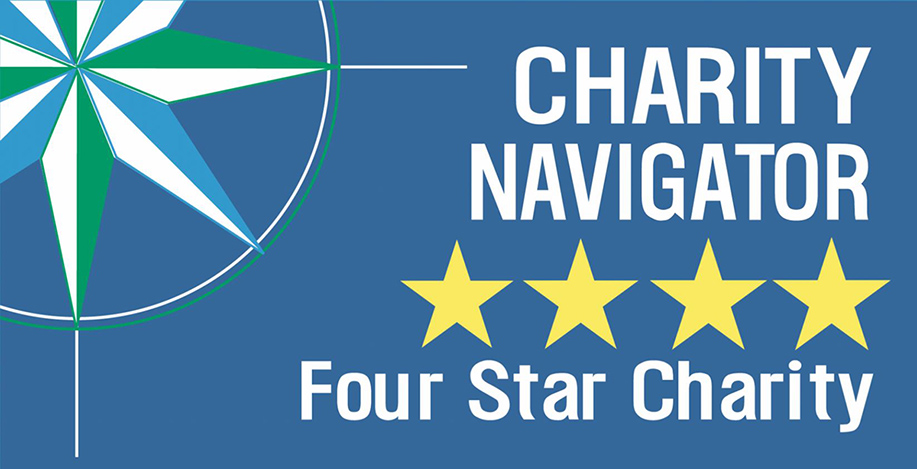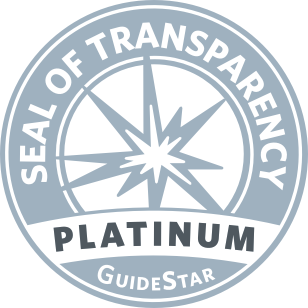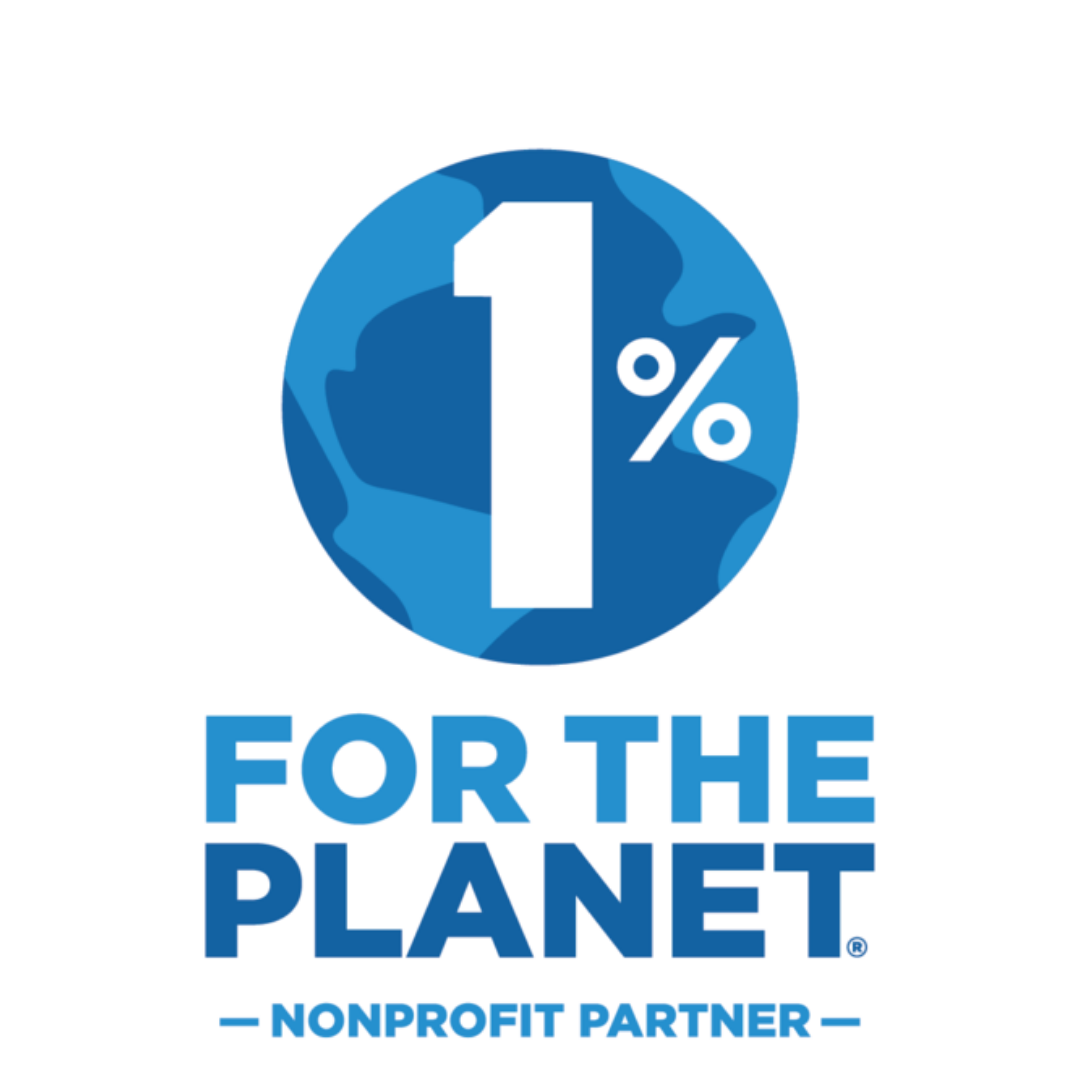Author: Jenn Allen
This article by IslandWood graduate student Jenn Allen was originally published in Clearing Magazine. Congratulations to our many graduate students who have been published in recent issues of the magazine.
Author Chimamanda Ngozi Adichie’s words have been echoing in my head recently: “We teach girls to shrink themselves, to make themselves smaller, we say to girls, ‘You can have ambition, but not too much.’ ‘You should aim to be successful, but not too successful, otherwise you would threaten the man.’” Up until five years ago, I was that small girl. I strongly believed that I could not learn. I went through school without faith in my abilities in math or science, and history and language felt irrelevant.
Fortunately, when I attended college, I met a few professors who provided me with life altering experiences, and my attitude towards learning completely changed. My new love of learning fueled my way through my undergraduate degree in education. After graduation, I spent three years teaching fifth grade science, hoping to inspire the same love of learning. Today, I am working towards my Masters in Science Education, somewhere I never dreamed I would be academically. I am a part of a unique program through the University of Washington called Education for Environment and Community at IslandWood. I take classes and teach students who come from the Seattle area and stay for nearly a week to learn about science, stewardship, and teamwork.
There is a stark difference between classroom teaching and where I am now. Breaking down the classroom walls and teaching in the natural world means that I get to spend my days exploring the forest, wetlands, and shoreline with students, looking for magical teaching moments and providing lessons in the context of the content. What I didn’t anticipate is how much I would miss building strong relationships with students over the course of a year. I miss watching their growth, coaching them through arguments they would get in with friends, and being a shoulder for them to cry on when things didn’t feel safe at home. During my first few weeks teaching at IslandWood, I contemplated if I was making any lasting impact in such a short time spent with the students. Just when I had decided that I could make a bigger difference elsewhere, I met a girl who changed my mind.
In my group that week were four girls, most of whom were incredibly soft-spoken, and five boys, most of whom were loud and opinionated. Where the boys scribbled down answers to reflection questions and quickly returned to exploring or joking around with each other, the girls took their time, answering thoughtfully and with perfect, petite handwriting. When a question was posed to the group, the boys were quick to raise their hands or shout out answers, while the girls either avoided eye contact or hesitantly put their hands in the air. It was troubling how quick the girls were to step back and let the spotlight shine on the boys of the group, and how happy the boys were to bask in it. This confidence gap became most apparent with Maddie*, a small girl in a bright pink raincoat with her hair pulled back in two neat braids.
The first time her confidence, or lack thereof, was brought to my attention was on our way down to Blakely Harbor, about a mile and a half away from IslandWood’s main campus. Each team member had a role to fill on our way down the hill. Maddie was a “Navigator” along with Nate*, a highly eloquent and confident boy. Maddie had communicated with me early on that she did not like to speak in front of groups of her peers, so when she volunteered to be a Navigator, I was delightfully surprised. Armed with their maps and a compass, they started to lead the way, as I walked a few strides behind them with the rest of the group. Nate’s friend Mateo*, an equally confident and even more outspoken boy, decided he would help the pair in finding their way to the harbor. We reached a split in the trail, the trio paused, and the two boys loudly proclaimed we needed to go to the left. Maddie disagreed quietly as the boys took off. She had an idea of which way to go with evidence to back it up, but did not have the confidence to share it with her male peers.
I was once a lot like Maddie. I lacked confidence in my ideas and in my ability to contribute them to a group. As I read Schoolgirls: Young Women, Self-Esteem, and the Confidence Gap by Peggy Orenstein, I was frequently faced with memories of my past; my development as a young woman was reflected in the stories of many of the 8th grade girls with whom Orenstein spent time over the course of a year. I was reminded of my lack of confidence, my need to be well-liked, and my fear of making mistakes, especially in public. I was also reminded of many students from my three years in the classroom. Daily, it was made clear that there was a discrepancy between the boys and girls when it comes to academic self confidence. Orenstein described this accurately when she states, “For a girl, the passage into adolescence is not just marked by a menarche or a few new curves. It is marked by a loss of confidence in herself and her abilities, especially in math and science.” (1994, p. xx)
Troubled by the evidence of the confidence gap in my personal and professional experience as well as in my research, I reflected on how I got myself to graduate school coming from the days of making myself small and believing that I could not learn. I started to wonder where I gained my current, sometimes-wavering, but much higher sense of confidence. Slowly, I began to realize that my most influential moments were those spent outdoors. I found confidence deep on the rainforest floor, high up in the misty cloud forest, on the tops of frigid mountains, in the eyes of bats, and the flippers of sea turtles. It took until college for me to experience science in a way that was accessible, in a place we can all feel a connection: the natural world.
According to the Women in STEM: A Gender Gap to Innovation survey done in 2009, only 24% of the STEM careers in the United States are filled by women (2011). Women are underrepresented in these fields because we, as teachers and parents, fail to provide girls with an accessible science and math education. Giving girls a meaningful, natural, scientific experience at the prime time for their coming into womanhood will plant a seed that, with the right amount of nurturing, can grow into a glorious bloom of self love, determination, and confidence in science.
This started to become clear to me during my week with Maddie and her classmates. After several minutes of reluctance, she eventually spoke up about which way the harbor was. The boys finally listened to her and decided to try it out. When it was clear that they were leading us the correct way, Maddie beamed. I watched her closely throughout the week as she began to participate, get her hands dirty, and shamelessly and aggressively participate in science.
Her new confidence began to leak into other areas. When the boys were loudly playing the piano in the art studio the next day, I saw her staring longingly in their direction. “Can you play?” I asked. She nodded shyly, as if she knew what I was going to say next; “Let’s hear it!” After many shakes of her head and encouragement from me, including a reminder of the navigation event the day before, she agreed to play a song and blew us all away with the beautiful tune. The climax of the entire week came on the last night, when she sang a song all by herself in front of over 100 other students at community campfire. She was extraordinarily nervous and insistent that she wouldn’t end up performing. When she got on stage and started to sing, tears filled my eyes. Here was a young girl that came to IslandWood on Monday, reluctant to talk in front of her eight other group members, putting herself in one of the most vulnerable positions a fifth grader can be in. I watched Maddie steadily feel more comfortable with science as she engaged in hands-on, approachable activities and team building.
At IslandWood and in similar programs, there is a focus not only on the sciences, but on building a safe community. Between countless team building opportunities and honest and explicit discussions on kindness, empathy, and emotional and physical safety we create an environment that allows students to feel comfortable to take risks and make mistakes. This space allows girls to begin to engage scientifically, and Maddie is not the only girl in whom I have seen this growth.
More recently, I had a group of five girls and seven boys. Like Maddie’s group, most of the girls were timid to participate in discussions, and most of the boys had more to say than we had time to hear. On Tuesday morning, we had a discussion to debrief an activity called Each One Teach One, where each student takes turns teaching the other students about a plant found on IslandWood property. The students had a chance to reflect on the discussion questions beforehand by answering them in their field journals. The first question was, “What was it like to be a teacher?” The students were encouraged to call on each other and they did so by whose hand was up. Every student with their hand up had the chance to share. Five of the twelve students responded, with 100% of the responses coming from males. Not a single female raised her hand to contribute.
We focused a lot that week on team building and productive discussions, and it paid off. I watched as the girls gradually opened up more to each other, the group, and me. Our two navigators for our Wednesday Harbor trip were both females who started the week off not at all friends, but had their arms around each other’s shoulders by the time we go to the harbor. When we were exploring the nutrient cycle, it was mostly the girls who dug their hands deep into the compost and fearlessly breathed in the scent of decomposition. On Thursday morning before the students left, we had one last group discussion. I posed the question, “What can you do after IslandWood to continue practicing stewardship?” This time, there were 22 total student responses, 64% of which were from males (who made up 58% of the group) and 36% from females (who made up 42% of the group.) Every student responded verbally, and four students responded in writing. After they had left, I sat down to read the feedback the group had left for me. One of the questions was, “What was one thing I taught you?” Atari*, the most quiet of the girls, the one who needed the most encouragement to share her ideas, wrote, “You taught me that my voice matters.”
I have only been teaching at IslandWood for a short amount of time, but I have learned that I can make a difference in students’ lives in just four short days. I’ve seen many girls, and even some boys, go from keeping their eyes on the ground and standing aside to getting their hands dirty. I’ve seen them go from speaking in near whispers to getting excited about science. Seeing these incredible changes take place never fails to fill my heart. We need to teach boys to share the spotlight and encourage girls to shine. We need to provide an accessible science education for girls if we want to live in a society where all genders share the responsibility of caring for the environment and moving forward through the STEM fields.
References
Adichie, C.N. (2012, November). We should all be feminists [Video file].
Beede, D. N., Julian, T. A., Langdon, D., McKittrick, G., Khan, B., & Doms, M. E. (2011). Women in STEM: A gender gap to innovation.
Orenstein, P., & American Association of University Women (1994). Schoolgirls: Young women, self-esteem, and the confidence gap.
*Names have been changed for privacy. The photo above does not represent the subjects in this article.







